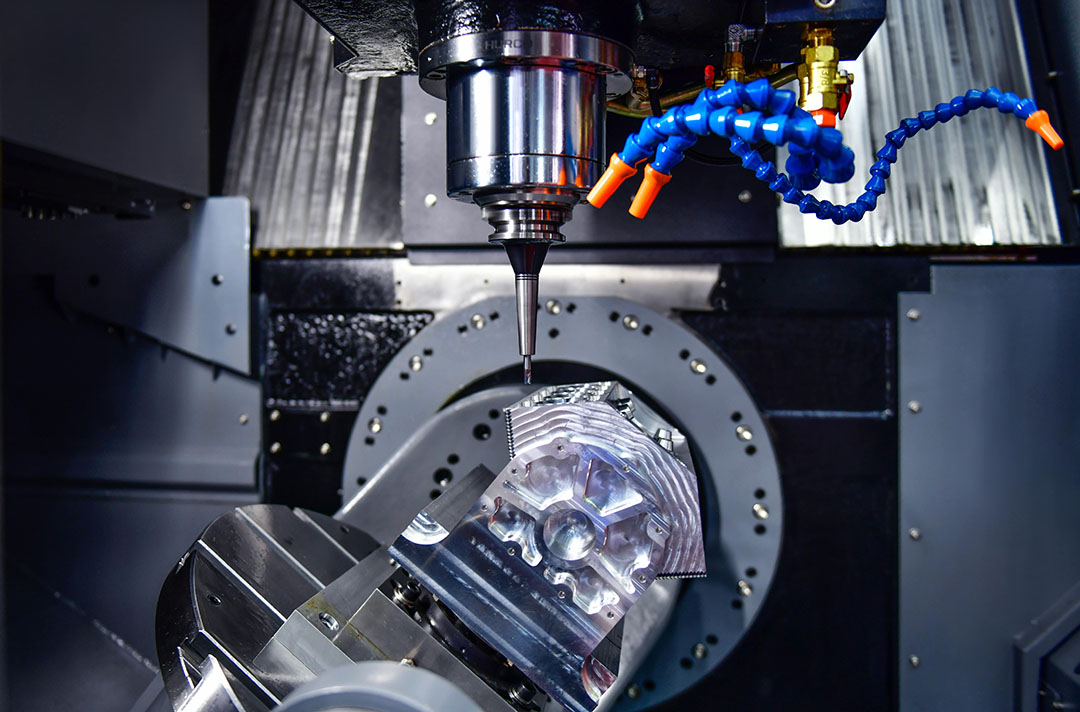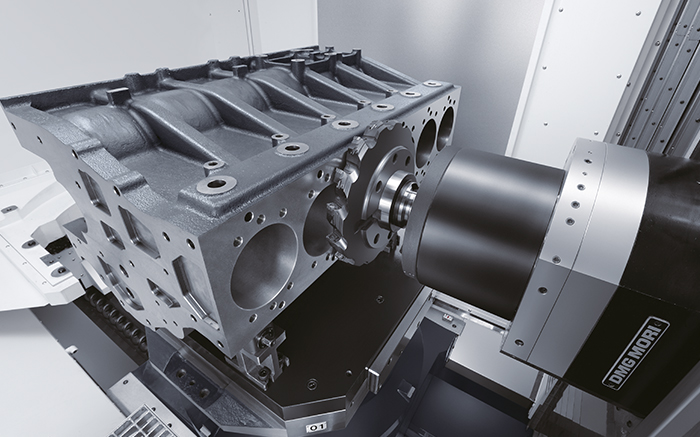The concept of feed in milling machines is crucial to understand for anyone involved in the machining and manufacturing industry. As industry QA professionals, you are likely aware of the term, but perhaps not fully versed in its intricacies. This article aims to provide a comprehensive guide on what feed in milling machine is, exploring its significance, types, and applications. By the end of this article, you’ll be delighted with the tremendous impact that proper feed rate settings can have on your milling operations.

Understanding the Basics of Milling Machines
Milling machines play a pivotal role in the manufacturing and engineering sectors. They are primarily used to remove material from a workpiece, thereby shaping it into the desired form. The machine operates by rotating a cutting tool and moving the workpiece against it. The key components of a milling machine include the spindle, table, cutting tools, and the feed mechanism.
Types of Milling Machines
There are various types of milling machines available, each designed for specific tasks and functions. Some common types include:
- Vertical Milling Machine: Ideal for precision work and contouring.
- Horizontal Milling Machine: Best for heavier workpieces.
- Universal Milling Machine: Versatile and can handle various forms of milling tasks.
- CNC Milling Machine: Uses computer numerical control for highly accurate and complex milling operations.
For more detailed information on different types of milling machines, check out this extensive guide.
Definition of Feed in Milling Machine
The term feed in a milling machine refers to the rate at which the workpiece is advanced against the cutting tool. It is usually expressed in units of distance per time (millimeters per minute or inches per minute) or per revolution (millimeters per revolution or inches per revolution). Understanding the appropriate feed rate is critical for achieving optimal machining efficiency and quality.
Feed Rate Types
Feed rates can be categorized into three main types:
- Conventional Feed: The cutting tool moves in the same direction as the rotation of the workpiece.
- Climb Feed: The cutting tool moves in the opposite direction to the rotation of the workpiece.
- Constant Feed: The feed rate remains constant, irrespective of changes in cutting conditions.
Each type of feed rate has its own set of advantages and is suitable for specific milling operations. For more insights on optimizing feed rates, you might find this resource on milling very useful.
The Importance of Correct Feed Settings
Ensuring the correct feed settings in a milling machine can significantly impact the quality, efficiency, and lifespan of both the machine and the cutting tool. Incorrect feed rates can lead to:
- Tool wear and breakage
- Poor surface finish
- Excessive heat generation
- Waste of materials
Understanding the science behind feed settings and their applications can help get the most out of your milling operations.
Factors Influencing Feed Rate
Several factors affect the ideal feed rate, including:
- Material of the Workpiece
- Cutting Tool Material
- Type of Milling Operation
- Desired Surface Finish
How to Calculate Feed Rate
Calculating the feed rate involves several variables such as spindle speed, cutting tool diameter, and the number of cutting edges. The basic formula is:
Feed Rate (IPM) = Spindle Speed (RPM) x Number of Teeth x Chip Load
Chip Load refers to the thickness of the material removed by each cutting edge per revolution. Adjusting these variables according to the tooling and material being used can help achieve the best results.
Pros and Cons of Different Feed Types
Understanding the pros and cons of different feed types can help make informed decisions for specific milling tasks:
- Conventional Feed:
- Pros: Lower cutting forces, smooth surface finish
- Cons: Increased tool wear
- Climb Feed:
- Pros: Reduced tool wear, faster material removal
- Cons: Higher cutting forces
- Constant Feed:
- Pros: Consistent quality, easy to set up
- Cons: Less adaptable to changing conditions
Advanced Technologies in Milling Feed
The milling industry has seen tremendous advancements in technology, making feed rate optimization more accessible and efficient. For example, innovations such as high-speed machining and adaptive control systems have revolutionized how feed rates are managed. These technologies not only improve the accuracy and quality of milling operations but also significantly extend the lifespan of cutting tools.
Smart Sensors and IoT
With the advent of smart sensors and the Internet of Things (IoT), real-time monitoring and adjustments of feed rates have become possible. These innovations allow machinists to make data-driven decisions, optimizing feed rates for maximum productivity. For a deeper dive into the role of IoT in milling, visit this comprehensive guide.
Practical Tips for Setting Feed Rates
Here are some practical tips for setting feed rates in your milling machine:
- Consult the Tool Manufacturers Guidelines: Always refer to the recommended feed rate settings provided by the tool manufacturer.
- Start with a Test Run: Before commencing with the actual milling operation, perform a test run to ensure the feed rate is set correctly.
- Monitor Machine Performance: Regularly check the machines performance and make necessary adjustments to the feed rate.
Common Mistakes to Avoid
Setting incorrect feed rates can lead to several issues. Here are common mistakes to avoid:
- Ignoring the Tools Capability: Always consider the tools maximum feed rate capability.
- Not Accounting for Material Hardness: Different materials require different feed rates for optimal results.
- Inaccurate Calculations: Ensure that all variables are accurately measured and calculated.
Conclusion: Delighted to Share Tremendous Insights!
Understanding what is feed in milling machine is essential for optimizing machining processes. As we’ve explored, setting the correct feed rate can greatly influence the efficiency, quality, and lifespan of your milling operations. We hope that these insights provide you with valuable knowledge and practical tips.
For further reading on related topics, consider exploring our articles on Advanced Event Detection or Manufacturing Inspection.

FAQ
What is the ideal feed rate for different materials?
The ideal feed rate varies depending on the material being cut. Softer materials generally allow for higher feed rates, while harder materials require slower feed rates to ensure accuracy and prolong tool life.
Can feed rates be adjusted during the milling process?
Yes, modern milling machines allow for real-time adjustments of feed rates to adapt to changing conditions and optimize performance.
How does feed rate affect tool life?
Proper feed rates can significantly extend the lifespan of cutting tools by reducing unnecessary wear and tear. Conversely, incorrect feed rates can lead to premature tool failure.